My son picked up a piece of metal on a walk — it turned out to be rare gold treasure
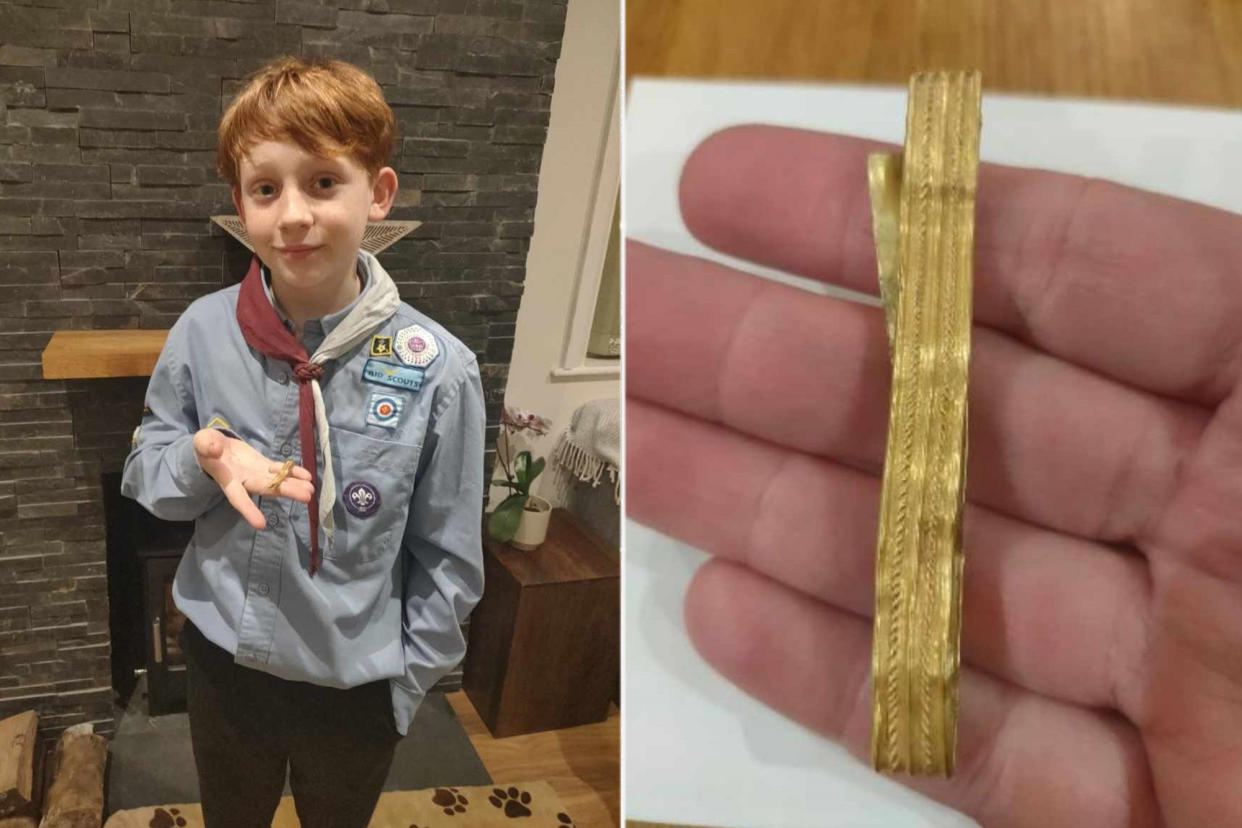
He stumbled upon a gold mine.
A 12-year-old UK boy is sharing how he discovered a rare gold Roman bracelet while walking his dog in a field in the Pagham area of England.
Rowan Brannan was with his mom, Amanda, 44, two years ago when he spotted a band that dates back 2,000 years.
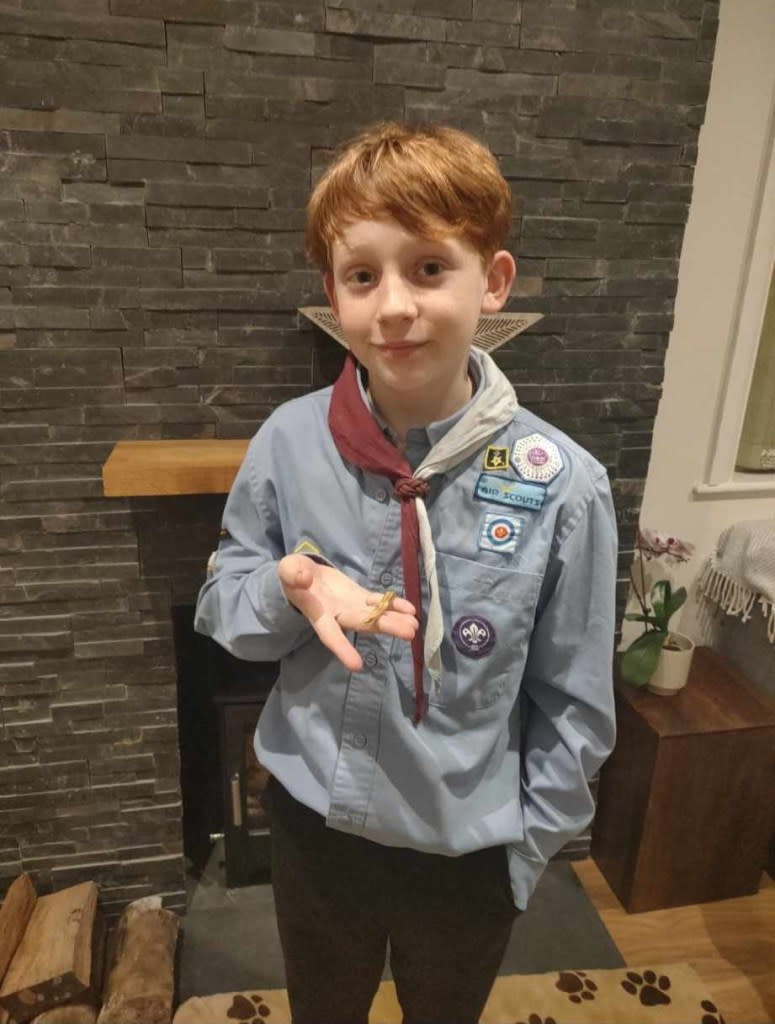
“Rowan has always been into finding all sorts of bits and pieces, he’s very adventurous and is always picking stuff up off the floor,” Amanda explained to SWNS.
“I’m forever saying, ‘Put it down, it’s dirty,’ but on this occasion, he kept holding this bit of metal, convinced that it was actual real gold,” she continued. “I thought it was just some strapping from a fence or something — it was very dirty.”
Rowan took the bracelet to their home in Bognor, Sussex, and researched how to tell if it was real gold.
It met all the criteria on the checklist — but the pair did not realize Rowan’s lucky find was anything more until a hairdresser came to their house.
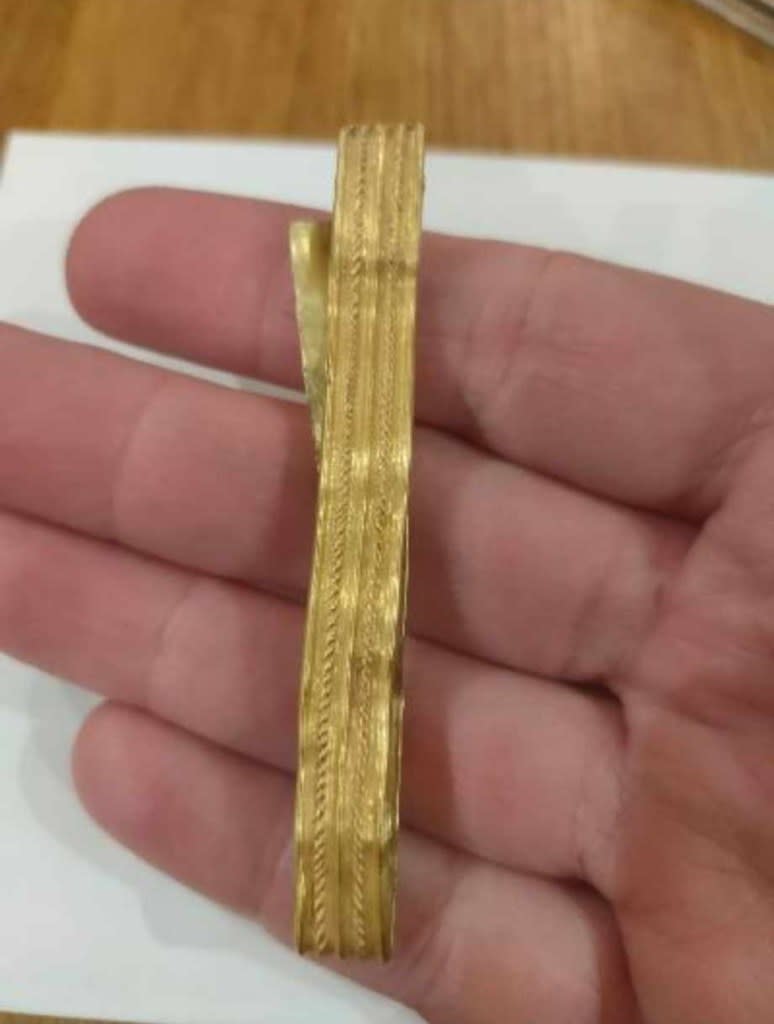
The hairdresser told the Brannans she was spending the day metal detecting, so Rowan divulged all about the piece he had found.
Intrigued, the hairdresser took a photo and showed it to the leader of the metal-detecting session.
He told the hairdresser that the piece looked old and recommended the Brannans contact a Finds Liaison Officer.
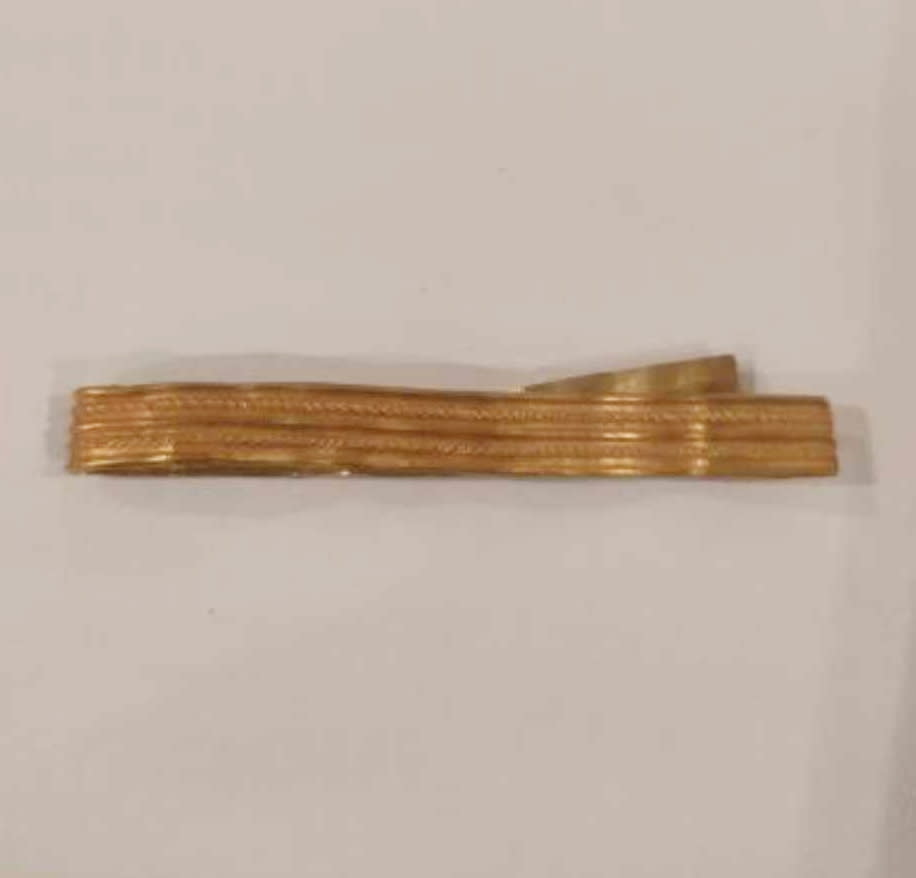
The British Museum manages a program that records archaeological finds made by the public. Finds Liaison Officers help with identification.
“The Finds Liaison Officer was very interested in the gold, so we had to go up to Horsham to drop it off because it’s then property of the Crown while it’s going through all of these different processes,” Amanda shared.
“It’s very exciting whenever we read an email,” she added. “We have been kept up to date throughout the whole process.”
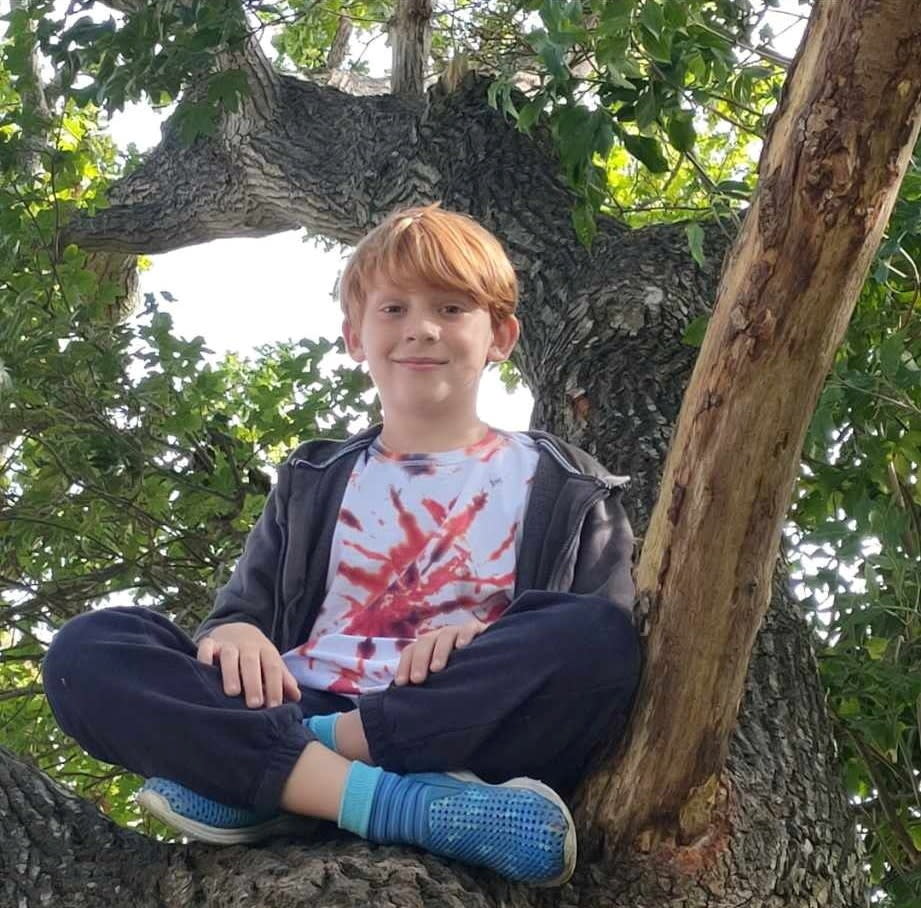
Amanda revealed that the jewelry is a first-century Roman bracelet of armilla type.
“An armilla bracelet — our understanding is — was given to the Roman soldiers as a mark of respect and valor and service,” she said. “It’s a portion, it’s not a full circular bangle. What makes it treasure is that it is over 300 years and a precious metal.”
After the valuation process, Rowan was told it was “an exceptionally rare find” for somebody who was simply walking their dog.
“It’s been brilliantly fascinating — we have learned so many things, and it is quite lovely to still be involved, so we can follow its story,” Amanda gushed. “It’s like, wow, imagine who wore that. We have had a piece of history in our house.”

